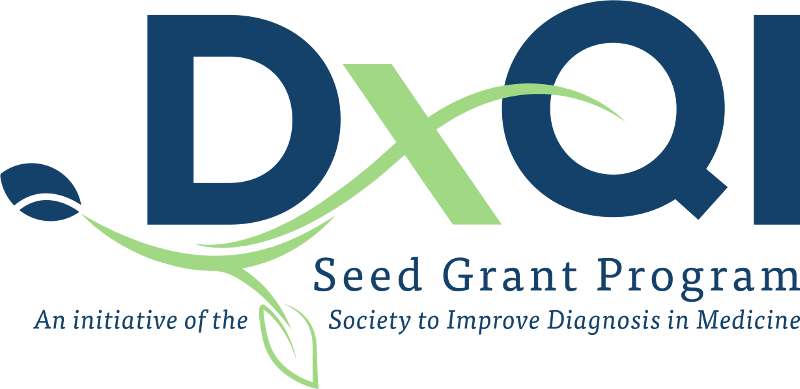
Grantee Projects
The Society to Improve Diagnosis in Medicine (SIDM) has awarded the third of three grants as part of the DxQI Seed Grant Program. Each DxQI grantee receives up to $50,000 to test specific interventions designed to improve the quality, accuracy, and timeliness of diagnoses and reduce harm from diagnostic error.
Browse projects by organization/institution:
- Baylor College of Medicine
- Beth Israel Deaconess Medical Center
- Beth Israel Deaconess Medical Center
- Bingham Memorial Hospital
- Cedars-Sinai Medical Center
- Eastern Health
- Huntsville Hospital
- Intermountain Healthcare
- Mayo Clinic and The Myalgic Encephalomyelitis Action Network
- MedStar Institute for Quality and Safety
- Michael E. DeBakey Veterans Affairs Medical Center
- Nationwide Children's Hospital
- NYC Health + Hospitals/Jacobi
- St. John's Community Health
- University of Iowa
- University of Rochester Medical Center Division of Prehospital Medicine
- UPMC Children's Hospital of Pittsburgh
- Wake Forest University School of Medicine
- Yale University
-

Beth Israel Lahey Health Primary Care
Anemia in post-menarchal pediatric patients in the emergency department: Addressing inequities in evaluation and management
Adolescents present commonly to pediatric emergency departments with acute anemia due to abnormal uterine bleeding. Yet, published guidelines to optimize the diagnostic evaluation and treatment for such patients in this setting are lacking, which results in the persistence of unrecognized bleeding disorders and discrepancies in evaluations of patients of different racial groups. This quality improvement project will utilize a multi-disciplinary approach that aims to improve optimal diagnostic evaluation and management compared to baseline via a new practice standard algorithm for these patients.
-

Brigham and Women’s Hospital
Reducing diagnostic communication errors in radiology practice through human factors engineering
In diagnostic radiology, procedures and technologies advance rapidly to improve diagnostic accuracy. However, these diagnoses are only effective if communicated appropriately and in a timely fashion to the referring physicians and patients. The main goal of this project is to reduce diagnostic errors due to communication problems by applying root cause analysis of data sets of communication-related errors associated with radiology services and developing countermeasures. Communication errors from an adverse event reporting system from 2018-2021 will be reviewed. Each event will undergo root cause analysis for contributing factors according to communication theory. By implementing well-established tools of human factors engineering such as usability testing, checklists, standardization, and forcing functions, we intend to achieve a 50% reduction of communication-related diagnostic errors over a six-month period. The outcome of interventions will be assessed to allow for continuous improvement and modification of protocols.
-

Childrens Hospital of Philadelphia
Improvement in Quality and Equity of Iron Deficiency Anemia Evaluation Using a Standardized Clinical Registry
Human error contributes to over 75% of diagnostic errors. Iron deficiency anemia is a risk factor for gastrointestinal malignancies. Current guidelines recommend bidirectional endoscopy (EGD and colonoscopy). However, studies indicate that approximately 25% of primary care physicians do not interpret lab tests consistent with iron deficiency anemia, and nearly 50% fail to recommend colonoscopy in a timely fashion. Our study proposes to use natural language processing and machine learning to identify patients with iron deficiency anemia on lab testing over the age of 60 and determine which patients have received guideline-compliant care vs those that have not received guideline-compliant bidirectional endoscopy. We will seek to identify what are potential causes for the diagnostic delays and attempt to improve guideline-compliant recommendation implementation of bidirectional endoscopy in a timely fashion following the diagnosis of iron deficiency anemia. We will also seek to reduce any potential disparities in care that may exist in which patients are referred for bidirectional endoscopy.
-

Cincinnati Children’s Hospital Medical Center
Improving Cancer Care in Southeast Idaho
Studies have demonstrated that rural populations face higher cancer rates and receive poorer cancer care. With a robust understanding of rural inequalities and a growing appreciation for value-based care, health systems must rely on evidence-based interventions to improve cancer care in rural communities. The goal of this project is to create more efficient, patient-centered cancer care, specifically colorectal and breast cancer, through improvements to care workflows and protocols that will help patients receive timely cancer tests, results, and care. Protocols and workflows will involve client- and provider-oriented interventions:
Client-oriented interventions:
• Schedule cancer screenings during clinic visits
• Text/email messages
• Patient navigation
Provider-oriented interventions:
• Provide lists of patients due for cancer screening
• Send positive screening alerts through the Electronic Health Record (EHR)
• Education (CMEs, short office visits)
• Identifying and disseminating information to providers and clinic staff at optimal time
intervals (depending on the type of cancer) for patients to begin care.
-

Cincinnati Children’s Hospital Medical Center
Design and Implementation of Diagnostic Discrepancy Reports to Calibrate Decision-Making in the Emergency Department
Our objective is to create a systematic feedback loop so that we can learn about diagnostic missed opportunities occurring among critically ill patients that were admitted through the emergency department and ultimately went to medical intensive care units. We will produce automated reports of concordance between emergency department diagnoses and inpatient diagnoses and perform focused reviews of cases with discordance that will be presented in departmental “Lessons Learned” meetings. We will also pilot the measurement of diagnostic concordance for vulnerable subgroups of patients. Ultimately, this project will advance our institution’s mission to provide the highest quality care to our patients while also improving the culture of feedback within our department.
-

Cook County Health
FORMAT - Falls Outreach and Residential Mobile Assessment Team
This project aims to safely achieve a reduction in the number of patients from residential aged care facilities (RACFs) who are transferred to the Emergency Department (ED) for assessment after a fall. This will be achieved by implementing and evaluating a falls outreach and residential mobile assessment team (FORMAT) to provide specialist hospital-level assessment and treatment at the place of residence.
-

Intermountain Healthcare
Improving Racial Equities in Lung Cancer Outcomes in the Greater Huntsville African American Community
Through a collaborative partnership, Huntsville Hospital and the University of Alabama in Huntsville College of Nursing have developed an interventional approach to establish best practices for navigating patients to lung cancer screening in the Greater Huntsville African-American Community. This grant will support the following: 1. Provider–Directed intervention: institute communication, education, and coordination to increase lung cancer screening rates, and to insure appropriate follow up treatment for individuals diagnosed with cancer. 2. Patient–Directed intervention: outreach to the African-American community with lung cancer prevention and early detection of education, and lung cancer screening navigation to reduce barriers to care. Our goal is to increase screening specifically within the Greater Huntsville African American Community to 12% within 12 months for the purpose of reducing lung cancer diagnostic disparities among African Americans.
-
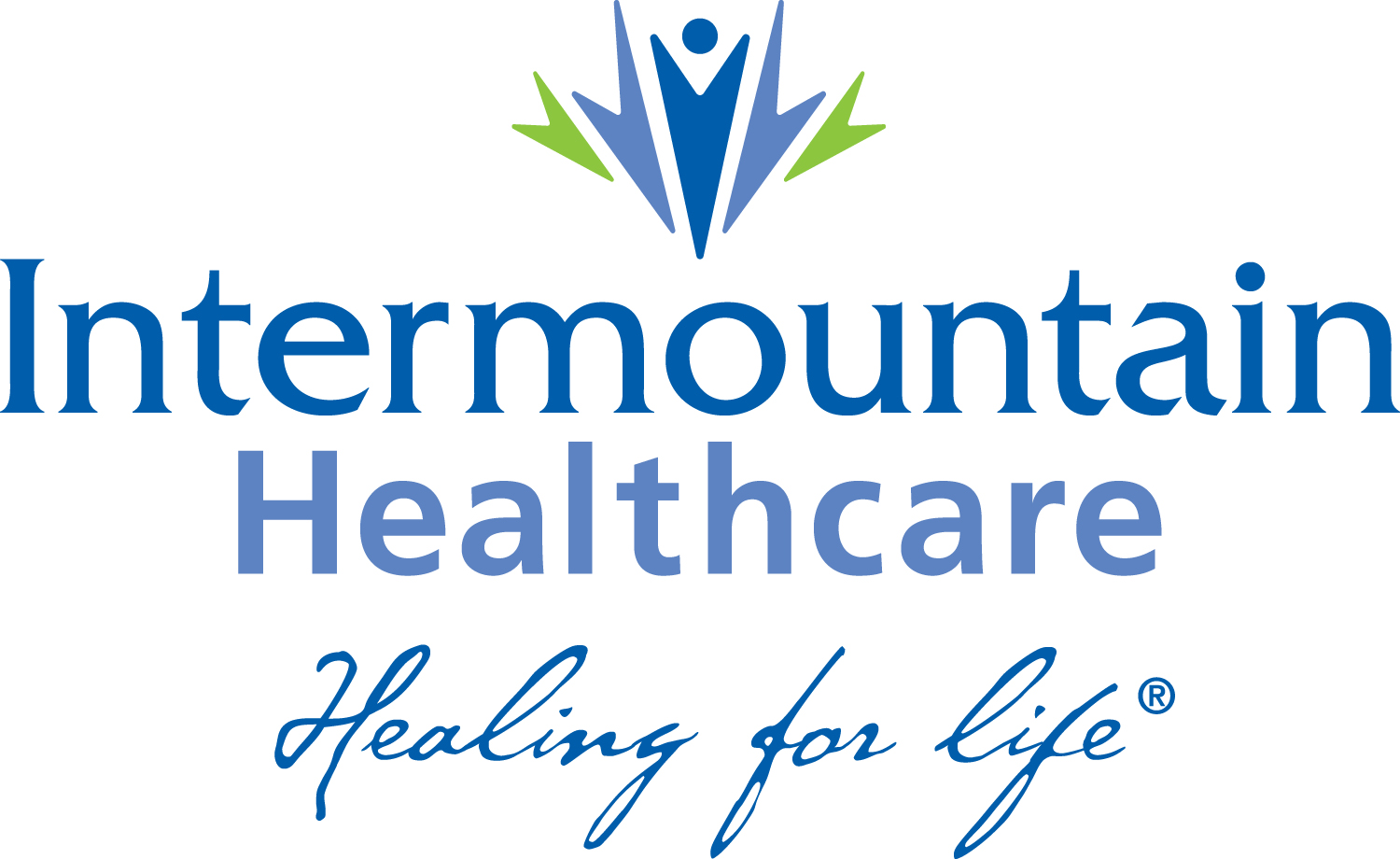
Lahey Hospital & Medical Center
-
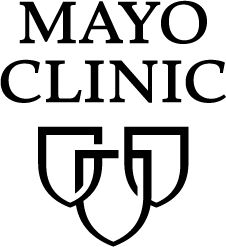
Mayo Clinic
-

Mayo Clinic
Improving Diagnostic Accuracy of Myalgic Encephalomyelitis/Chronic Fatigue Syndrome Through Implementation of an Enhanced Education Protocol and Care Process Model
The international healthcare advocacy organization #MEAction and the General Internal Medicine Division of the Mayo Clinic in Rochester recognize the need for increased diagnostic awareness of patients with the post-viral disease. Using the SIDM Seed Grant funding, we will create educational and systems-based interventions to improve HCP knowledge of ME/CFS, including:
1) a CME course using patient advocacy and medical expertise to educate clinicians on the signs, impact, and management of chronic complex diseases like ME/CFS and Long COVID. The CME will feature a pre-and post-test consisting of case- and confidence-based questions to assess both objective and subjective learner improvement.
2) a dedicated webpage
3) a diagnostic algorithm with management recommendations, including referral to the Mayo Clinic Chronic Fatigue Syndrome Clinic, on AskMayoExpert.
4) patient resources
Through this work, we will provide clinicians with the knowledge to reduce barriers to diagnosis and a permanent tool to guide management in future encounters.
-
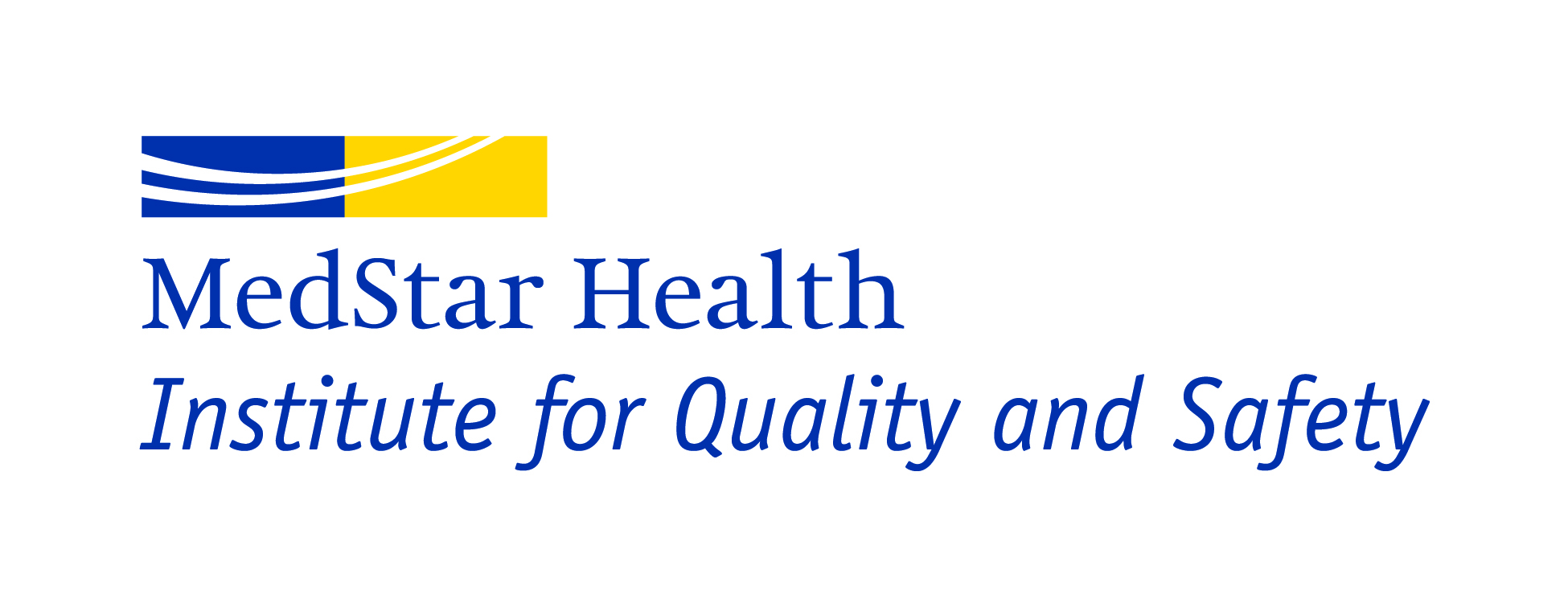
Memorial Sloan Kettering Cancer Center
Improving Communication Between Older Adults and Providers to Reduce Diagnostic Errors
Older adults are at high risk of misdiagnosis due to their complex medical histories, experiences with fragmented care delivery structures, and unique communication challenges with their providers. To support patients and providers in the diagnostic process, the Agency for Healthcare Research and Quality developed and pilot tested a note sheet, titled "Be the Expert on You", to help patients organize their medical stories and concerns in preparation for their health appointments. Our project aims to adapt this note sheet to fit older adults' information gathering and care needs and evaluate its implementation in a large family practice setting that serves a racially and ethnically diverse population. By partnering with older adults, their families and caregivers, and care providers, our goal is to help empower patients to take active roles in their health and improve information gathering and integration in the diagnostic process.
-

NYC Health + Hospital/Harlem
Identifying current clinical care processes to reduce delays in colorectal cancer diagnoses
Colorectal cancer (CRC) screening is the second leading cause of cancer mortality in the United States. The Veterans Affairs recommends average-risk CRC screening begin at age 45 with annual fecal immunochemical test (FIT). When FIT is positive, the next step is colonoscopy. Our project will take place at the Michael E. DeBakey Veterans Affairs Medical Center (MEDVAMC) in Houston, TX. We aim to increase colonoscopy completion within 6 months of positive FIT by 50% To do this, we will identify current clinical care processes involved in completing diagnostic colonoscopies following placement of the colonoscopy order for positive FIT. This will include common causes of delays and factors that may reduce delays in CRC screening. Based on these analyses, we will develop an intervention that will be modified over several testing cycles to improve follow-up colonoscopy rates.
-

NYC Health + Hospital/Harlem
Reducing Emergent Transfers due to Septic Shock by Improving Situational Awareness
Sepsis is a life-threatening condition that causes acute organ dysfunction in response to an infection. While sepsis can cause significant morbidity and mortality, it remains a challenging condition to diagnose in a timely manner given its non-specific signs and symptoms. Failure to identify patients with sepsis can lead to rapid clinical deterioration and unplanned transfer to an intensive care unit. The Nationwide Children’s Hospital team plans to use a situational awareness framework to implement interventions aimed at better predicting and preventing clinical deterioration due to sepsis. The main aim of this project will be to increase the number of days between emergent transfers to the pediatric intensive care unit for patients with septic shock as a contributing condition.
-
 Southern California Permanente Medical Group
Southern California Permanente Medical Group
Using a Pediatric Resident Peer Network to Implement an "Improve Diagnosis Change Package" at Jacobi Medical Center, a Large NYC Municipal Safety-Net Hospital
A complex contagion is a behavior that requires social reinforcement. The science of complex contagions shows that social influences play a crucial role in adopting new ideas and behaviors. In medicine, studies have shown that our peers influence our practice more than our knowledge of evidence. We will create a peer network of residents to propagate "improving diagnosis" as part of our social norm. The network's core will be our pediatric residents, who will work in small groups using a direct messaging app to discuss and implement "improving diagnoses" change ideas into practice. They will invite patients, nurses, and attendings from a pool of volunteers into their discussion boards to broaden their perspectives of value and feasibility. We expect that 80% of residents will incorporate at least one change idea from the three key drivers of the Human Research and Education Trust change package into their practice within one year.
-
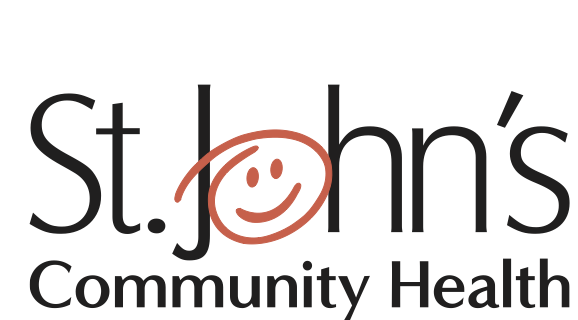
University of Alabama at Birmingham
Improving the Screening Mammography Rate in an FQHC Setting in South Los Angeles
St. John’s Community Health (SJCH) is a Federally Qualified Health Center operating a network of twenty clinics in Service Planning Area 6 of Los Angeles County, serving primarily low-income Latinx and Black residents of South LA. SJCH’s intervention will address the disparity in the target region’s breast cancer death rate compared to the county-wide rate. The project will begin with a discovery period that collects and analyzes quantitative and qualitative data on how the breast cancer referral pathway operates for SJCH patients by all applicable variables (e.g. insurance status and type, referring provider, referral coordinator, imaging center, loop closure rate). Based on this data, an intervention will be designed to target the workflows and communications between the Referrals Department, referred patients, and the imaging centers. Intervention workflows will be tested and refined over three PDSA cycles with three random samples of women ages 51-73 years (a total of 600 patients).
University of Iowa
Reducing Delays and Healthcare Disparities in Chronic Kidney Disease Diagnosis Among Veterans through a Telenephrology Dashboard
Our group has developed a Telenephrology dashboard that aids clinicians to diagnose chronic kidney disease (CKD) in its early stages. CKD is a major contributor to morbidity and mortality, and treatment of CKD is a significant contributor to healthcare expenditures. Because CKD is largely asymptomatic in its early stages, it is often overlooked until it is too late. Additionally, the burden of CKD disproportionately affects marginalized communities. This project aims to critically evaluate and validate this tool and determine whether this dashboard can improve kidney-related outcomes, such as slowing the progression to chronic kidney disease and reduce healthcare disparities related to rurality.
-

University of Iowa
Improving EMS Assessment of Geriatric Fall Patients: An Opportunity for Improving Diagnosis in the Prehospital Care Setting
Ground level falls are a source of morbidity and mortality amongst the geriatric population. Beyond the potential for injury, a fall may be the presenting symptom of an underlying medical illness. In the event of a fall, patients often access assistance by calling 911. EMS may be the only clinicians to interact with the patient as many of these calls do not result in patient transport. While many of these patients do not require transport, repeat responses to these patients are common resulting in delayed diagnosis of medical illness or traumatic injury. Tools for evaluation of pre-hospital geriatric fall patients have been developed, but uptake remains low, likely secondary to diagnostic bias that these patients are low acuity. Our goal is to further explore these barriers, develop and implement tools for more thorough patient assessment and reduce underdiagnosis without significant increase in unnecessary transport.
-

University of Iowa
Improving diagnosis of perinatal hepatitis C in pediatric primary care
Successful eradication of hepatitis C has never been more achievable thanks to the arrival of novel direct-acting antiviral therapies. Unfortunately for children, current screening practices often result in inadequate detection and many treatment-eligible children remain un-coupled to appropriate services. The overall aim of this project is to improve hepatitis C screening for at-risk children to enhance diagnosis, linkage to care and ultimately cure of chronic hepatitis C in children. To achieve this aim, we will implement early hepatitis C PCR testing between 2-6 months of age in the primary care setting for children exposed to hepatitis C in pregnancy. We will begin by piloting this in two primary care clinics within two large health systems in Allegheny County (Pittsburgh). After the processes are refined, we will scale-up the intervention by implementing it in all pediatric primary care offices in both health systems.
-

University of Iowa
Finding the Missing Millions with COPD
Using logistic regression, a well-established machine learning method, we will identify people who have a high probability of Chronic Obstructive Pulmonary Disease (COPD) but have never been screened. Nationally, 30 million people have COPD, but half (15 million) of them are undiagnosed. We will exploit EHR data from Atrium Health Wake Forest Baptist (AHWFB) to create statistical models for predicting the results of pulmonary function tests (PFTs). The data contains the necessary structured PFT results obtained through text parsing previously completed at AHWFB. The resultant mathematical formulas created by this project can be used to create equitable direct-to-patient alerts offering diagnostic testing. Data from future diagnostic tests will also prospectively validate the model.
-

University of Iowa
PE SafetyNet: An Artificial Intelligence-Enhanced Emergency Department Pulmonary Embolism Safety Net Focused on Reducing Diagnostic Delay
Pulmonary Embolism (PE) is the third most common cardiovascular disease and broadly considered a “can’t miss” diagnosis warranting robust institutional QI initiatives to promote diagnostic safety. Electronic trigger (e-trigger) tools offer a promising method to enhance capture of PE diagnostic error and delay. Such tools are more efficient and effective in detecting adverse events than voluntary reporting and offer the ability to quickly scan electronic health data, reducing the burden of human review. Currently, however, there are no trigger tools that are accurate or widely implemented for missed PEs in the ED. The proposed project will develop PE SafetyNet, an electronic intervention that uses an artificial intelligence-based trigger tool to identify an ED encounter with risk for a potential missed pulmonary embolism diagnosis, reduce delay to recognition of this risk, and notify the patient within 24 hours of this risk exposure and facilitate reevaluation.
